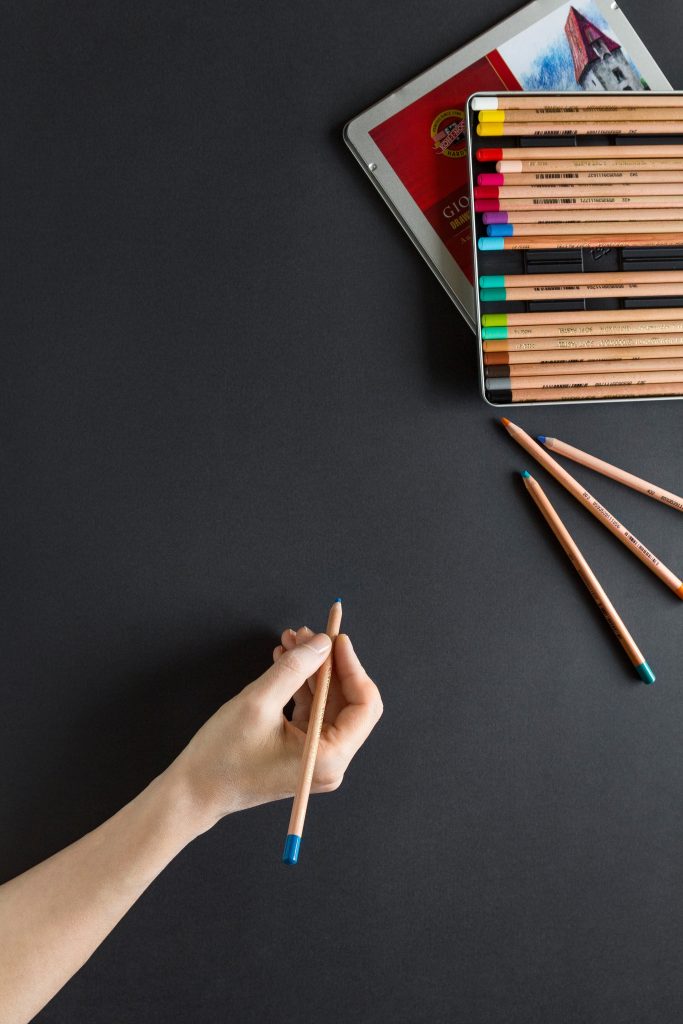Making our homes and surroundings more eco-friendly and sustainable is and will be an ongoing process. Though the pursuit is never to be over, it must be chased after nonetheless. We, the consumers, are a part of the process as we choose and weigh out between different products and habits that we might make part of our everyday lives.
The other part is the individuals who dream of inventions and designs. Their ideas sometimes come to life and change ours, possibly for better. These leading figures are the ones pushing the technological and other innovations forward. But it’s up to us to use them and bring life to them.
Insulate throughout and ponder on insulation materials
Insulate your walls, doors, windows and every other possible way air can flow through and heat can escape from, like fireplaces. Also, don’t forget about the attic and the basement. Good insulation will make your home much easier to warm up or cool down when necessary.
Today we know how important insulation is for energy-saving, but you can make your home even more environmentally friendly if you also choose the materials wisely. One possibility includes the reuse of discarded materials, such as scraps of denim, natural insulation, like wool, or tech wonders like nanogel.
However, researchers are constantly revisiting the materials and principles we use and searching for new alternative ways to tackle the problem. More and more, we are interested in biotechnology, which is safer and healthier alternative to completely chemical compounds. Eben Bayer and Gavin McIntyre might have one such idea as they have proposed the use of mushrooms in insulation instead of plastic. This may be the all-changing global approach to making design not only eco but also bio-friendly.
Eco paints, not only safe but also useful
When it comes to paint, numerous research has already shown that low-VOC and no-VOC paints are much healthier for us. Conventional paints can emit VOCs (volatile organic compounds) not only during the painting process but up to 5 years. Some health issues include nausea and irritation of eyes, nose and throat but it is suspected of worse effects than these.
Though low-VOC and no-VOC paints have given us safer alternatives, there will be other ones to consider. Some scientists suggest that there could be more to paint than just being safe for people’s health. Professor Paul Dastoor advocates that his solar paint is not just safe but it can also generate energy from sunlight. Thus your paint may be a new source of energy for your household.
A greener toilet
Your toilet may not be the first thing that comes to mind when making your home eco-friendly, but as fresh water is a limited resource, we will have to find sustainable ways of dealing with our everyday toilet routines. Older toilets, for example, can use from 3.5 to 7 gallons of water per flush. High Efficiency Toilets have significantly lowered this number to no more than 1.28 gallons per flush.
But the search for the most sustainable toilet isn’t concluded. Organizations like the Gates Foundation’s Reinvent the Toilet Challenge are promoting and supporting new research in this field.
Replace the light bulbs
Every step towards making your home more eco-friendly is important, no matter how small it may seem. Even something like replacing incandescent light bulbs with LEDs can have a massive effect. To understand how important LEDs have been, take into account that Isamu Akasaki, Hiroshi Amano and Shuji Nakamura were rewarded Nobel Prize in 2014 for the invention of blue LEDs.
Though the price of LEDs prevented it from being mass-consumed at once, a LED lighting supplier reports the decrease of LED prices which will make them more affordable. Soon enough, their effect will be seen in energy-saving world-wide.
Another interesting light solution to consider is motion sensor lighting. Although it shouldn’t be used throughout your household, especially in the kitchen and the living room, it could be a useful way to save some energy in places like the garage or the basement.
Repurpose furniture
Not so long ago, people used to buy a piece of furniture and pass it on for generations. Some say it was because it was of better quality, but there is another thing to consider. We used to fix things more and replaced them only when they were beyond repair. With mass production of furniture, we could all afford to replace our furniture according to fashion and not only its usage.
It seems as if we are going back a bit. Now we are more aware of the importance of sustainability, and design companies like Manufract remind us that broken and old isn’t out-of-fashion but beautiful in a unique way. In the process, bioresin is used in order to seal the cracks, however, the material doesn’t hide them. Actually, it makes them more apparent. The blurry filler, together with the formally broken wood, makes a blend that seems to be the symbol of the age, the pursuit of sustainability, a unity of biology and technology.
All in all, the process of creating more sustainable and environmentally friendly designs will carry on in the future. All the aspects of our home will be a subject to upgrading as more inventors come up with different ideas for materials to be used for their creations, as well as the ways in which the projects can require less energy to be produced and even generate energy for the household.
Lowering the use of fresh water and the possible extraction of water are among the primary concerns. Producing alternative ways of generating energy and lowering energy consumption are also goals which are pursued. And more than ever, we are looking for materials which are not only useful and energy efficient but also safe for the environment as well as the people.

